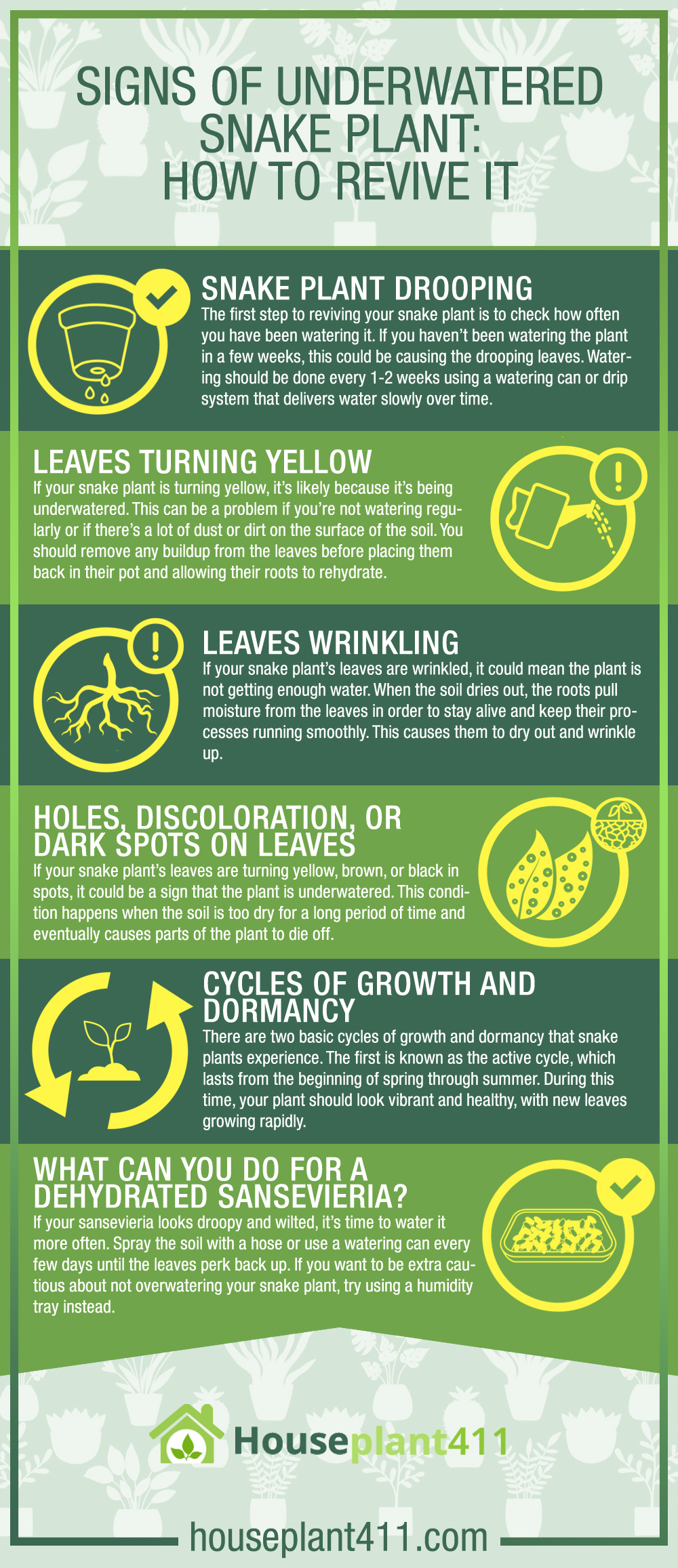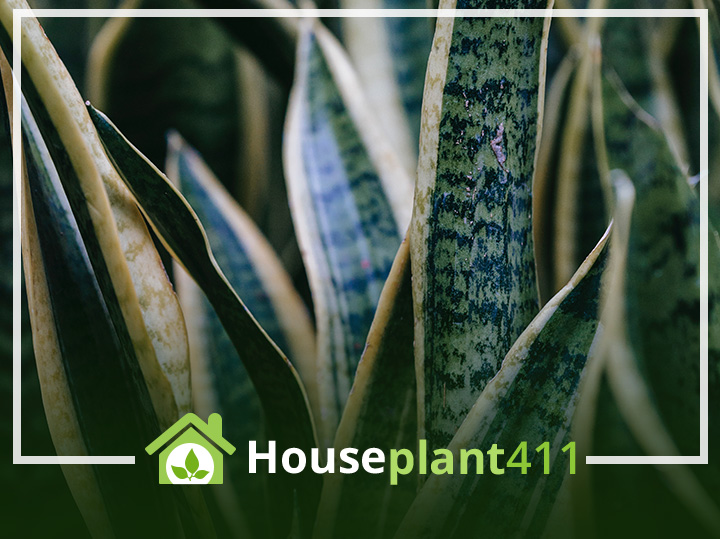Snake plants are one of the most popular houseplants, and they’re easy to take care of, too. They thrive in low light and can survive on just water alone (and no fertilizer). But what happens when your snake plant dies? If you notice any of these signs, it could be time to revive it!
Snake Plant Drooping
If your snake plant has stopped growing upward and instead is hanging down with drooping leaves, it’s likely that your plant isn’t getting enough water. Snake plants are tropical plants that require consistent watering.
The first step to reviving your snake plant is to check how often you have been watering it. If you haven’t been watering the plant in a few weeks, this could be causing the drooping leaves. Watering should be done every 1-2 weeks using a watering can or drip system that delivers water slowly over time.
If your snake plant still appears droopy after watering, you may need to repot the plant into fresh soil and give more frequent small doses of water until new growth begins again (about once per month).
Leaves Turning Yellow
If your snake plant is turning yellow, it’s likely because it’s being underwatered. This can be a problem if you’re not watering regularly or if there’s a lot of dust or dirt on the surface of the soil. You should remove any buildup from the leaves before placing them back in their pot and allowing their roots to rehydrate.
Leaves Wrinkling
If your snake plant’s leaves are wrinkled, it could mean the plant is not getting enough water. When the soil dries out, the roots pull moisture from the leaves in order to stay alive and keep their processes running smoothly. This causes them to dry out and wrinkle up. It’s important to keep an eye on this if you want your snake plant healthy so you can enjoy its beauty!
Holes, Discoloration, or Dark Spots on Leaves
If your snake plant’s leaves are turning yellow, brown, or black in spots, it could be a sign that the plant is underwatered. This condition happens when the soil is too dry for a long period of time and eventually causes parts of the plant to die off.
When water is not enough for plants to grow well and thrive, they will appear sickly and unhealthy over time. The leaves will begin to look wilted as they dry out more quickly than normal. As the problem worsens, new growths may even turn brown or black before dying off entirely!
If you’re worried about your snake plant having this issue (or any other), there are several things that can help restore its health:
Cycles of Growth and Dormancy
There are two basic cycles of growth and dormancy that snake plants experience. The first is known as the active cycle, which lasts from the beginning of spring through summer. During this time, your plant should look vibrant and healthy, with new leaves growing rapidly. In the autumn months, however, your snake plant will go into its dormant state for about six weeks until it begins to grow again in early winter (the second cycle). During this dormant period, it will appear to have stopped growing completely but don’t worry—this is normal!
If you suspect your snake plant has entered its dormant state, there are a few ways to tell.
- First, look at the leaves—if they’re droopy and limp-looking, it’s likely that the plant has been underwatered.
- Next, check for any brown spots on the leaves. If you see some, then it’s likely that you need to water your snake plant.
- Finally, take a look at the soil around your plant: if it’s dry and not very moist, then you know that this is probably why your plant isn’t looking its best.
If you suspect your snake plant has entered its dormant state, Do not water! It’s important not to over-water during this time because overwatering can lead to root rot or mold growth on topsoil surfaces; instead, wait until the soil feels dry before watering again (which could be anywhere from three weeks up). You can also check by inserting an inch stick into the soil; if there is no moisture at all then it’s definitely time for some H2O!
What Can You Do for A Dehydrated Sansevieria (Snake Plant)?
Now that we’ve talked about the different types of sansevieria plants let’s talk about how to revive them when they’re lacking in moisture.
If your sansevieria looks droopy and wilted, it’s time to water it more often. Spray the soil with a hose or use a watering can every few days until the leaves perk back up. If you want to be extra cautious about not overwatering your snake plant, try using a humidity tray instead. Humidity trays are shallow dishes filled with pebbles and water; they keep small plants moist while preventing them from becoming too wet (which can cause root rot). You can find large versions at garden stores or smaller ones online (search “humidity tray”).

Conclusion
If you’re worried about your plant, the first thing to do is check its water level. If it needs more water, then give it some, and be sure to keep an eye on the soil over time. In addition, take note of any other symptoms that may indicate something else is wrong with your Sansevieria (Snake Plant).

